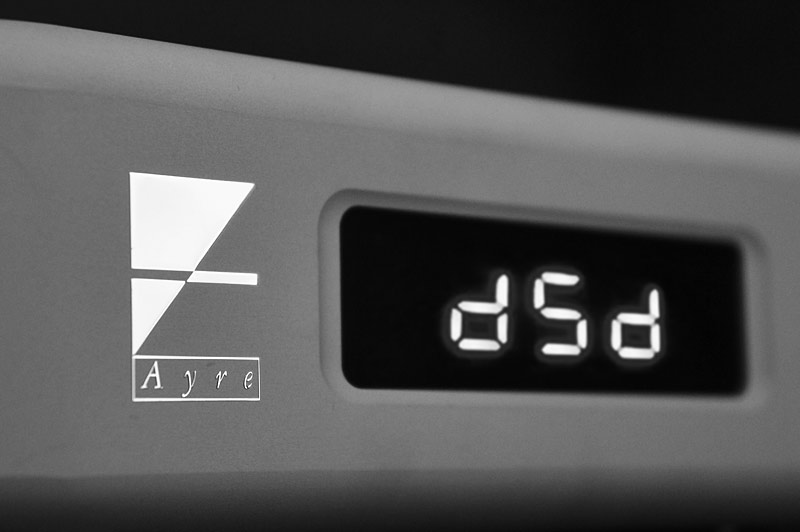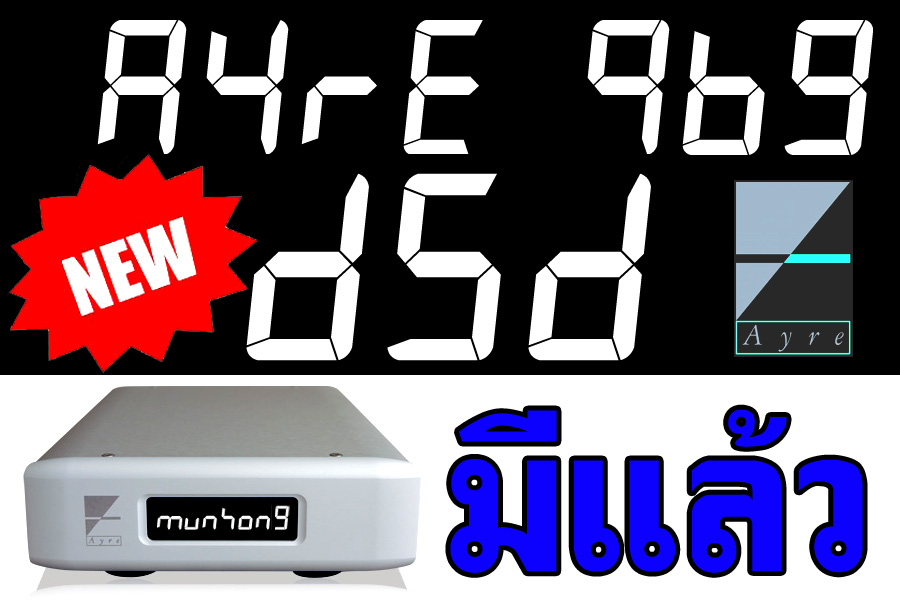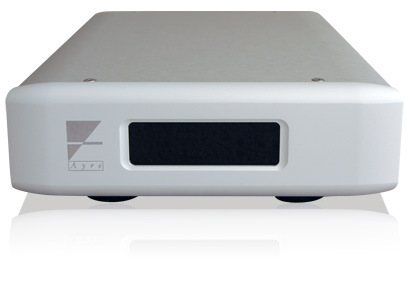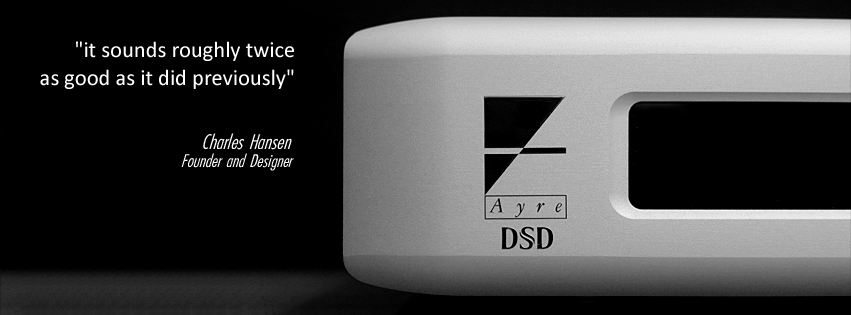
หลังจากแจ้งข่าวระลอกแรกไปแล้ว และมีเสียงตอบรับออกมาอย่างฮือฮามโหระทึกทั่วโลกกับ DAC ค่ายสุดไฮเอนด์อย่าง Ayre คราวนี้เป็นความจริงแล้วครับ ทางประธานบริษัท Ayre ได้ยืนยันว่าสินค้าตอนนี้พร้อมจำหน่าย และจะมีวางที่ประเทศไทยก่อนภูมิภาคอื่นทั้งหมด โดยทางคุณ Charlie กล่าวไว้ว่า....(ผมขอถ่ายทอดเป็นสำนวนของผม)
การปรับปรุงคุณภาพใหม่ทั้งหมดที่ทำไปนั้นต้องบอกว่าถึงขั้นระดับตะลึงงัน (Dramatic) และในเวอร์ชั่นใหม่ที่เป็น DSD นั้น ปรับปรุงพัฒนาจนไม่มีที่ว่างใดๆให้ทำอีกแล้ว เรียกว่าจัดเต็มที่สุดเท่าทีเทคโนโลยี ณ ชั่วโมงนี้จะเอื้ออำนวยกันเลย และทุกคนน่าจะถึงขั้นช็อค เพราะคุณภาพเสียงน่าจะดีขึ้นได้ราวๆสองเท่าตัว Charlie ใช้คำว่า Twice กันเลยเชียว Charlie กล่าวต่อว่า หากคุณได้มีโอกาสได้ฟังมัน คุณจะทราบด้วยตัวเองอย่างชัดเจน แจ่มแจ้ง และจะไม่กลับไปที่ตัวก่อนหน้าอีก
เรียกว่านักออดิโอไฟล์นั้น แค่ได้คุณภาพเสียงเพิ่มมาอีก 3-5% ก็ดีอกดีใจกันเนื้อเต้น แต่นี่ประธานบริษัท Ayre ออกมาคอนเฟิมและการันตีถึงขั้นนี้ แทบไม่ต้องมีอะไรให้กังขากันจริงๆสำหรับ QB9 DSD ล่ะครับ และงานนี้ทาง Ayre ได้วางราคาจำหน่ายปลีกไว้ที่ $3250 ซึ่งราคาในไทยนั้นตั้งไว้ถูกที่สุดในโลก คือราคาที่รวมภาษี รวมค่าส่ง และมีการประกันหลังการขายให้อย่างครบถ้วน
Ayre QB9 DSD ตัวนี้จำหน่ายที่ 99,000 บาทเท่านั้นครับ !!!
สินค้าอีกไม่กี่วันจะถึงไทย ท่านใดสนใจสามารถสอบถามได้ที่ผม คุณเบียส และเจ้าหลุยส์ได้ทันที สินค้าสามารถโทรสั่งจองล่วงหน้าได้ทันทีเลยครับ รับรองว่าล็อตแรกจะถึงมือท่านที่สั่งจองทันทีไม่มีพลาดแต่อย่างใดครับ
ส่วนท่านที่มี DAC Ayre ในครอบครองก่อน การเปลี่ยนแปลงในรอบนี้ ถือเป็นการเปลี่ยนขนานใหญ่ อาจจะถึงขั้นว่าปฏิบัติก็ว่าได้ เพราะทั้งชิพ DAC ตัวบอร์ดวงจร เพาเวอร์ซัพพลาย ล้วนแล้วแต่อัพเกรดให้สูงขึ้น่ไปอีก ท่านที่ซื้อไปก่อนหน้า สามารถมาลงชื่อเพื่อทำการอัพเกรดได้ รายละเอียดค่าใช้จ่ายต่างๆ เดี๋ยวผมจะมาแจ้งให้ทราบอีกทีนะครับ



